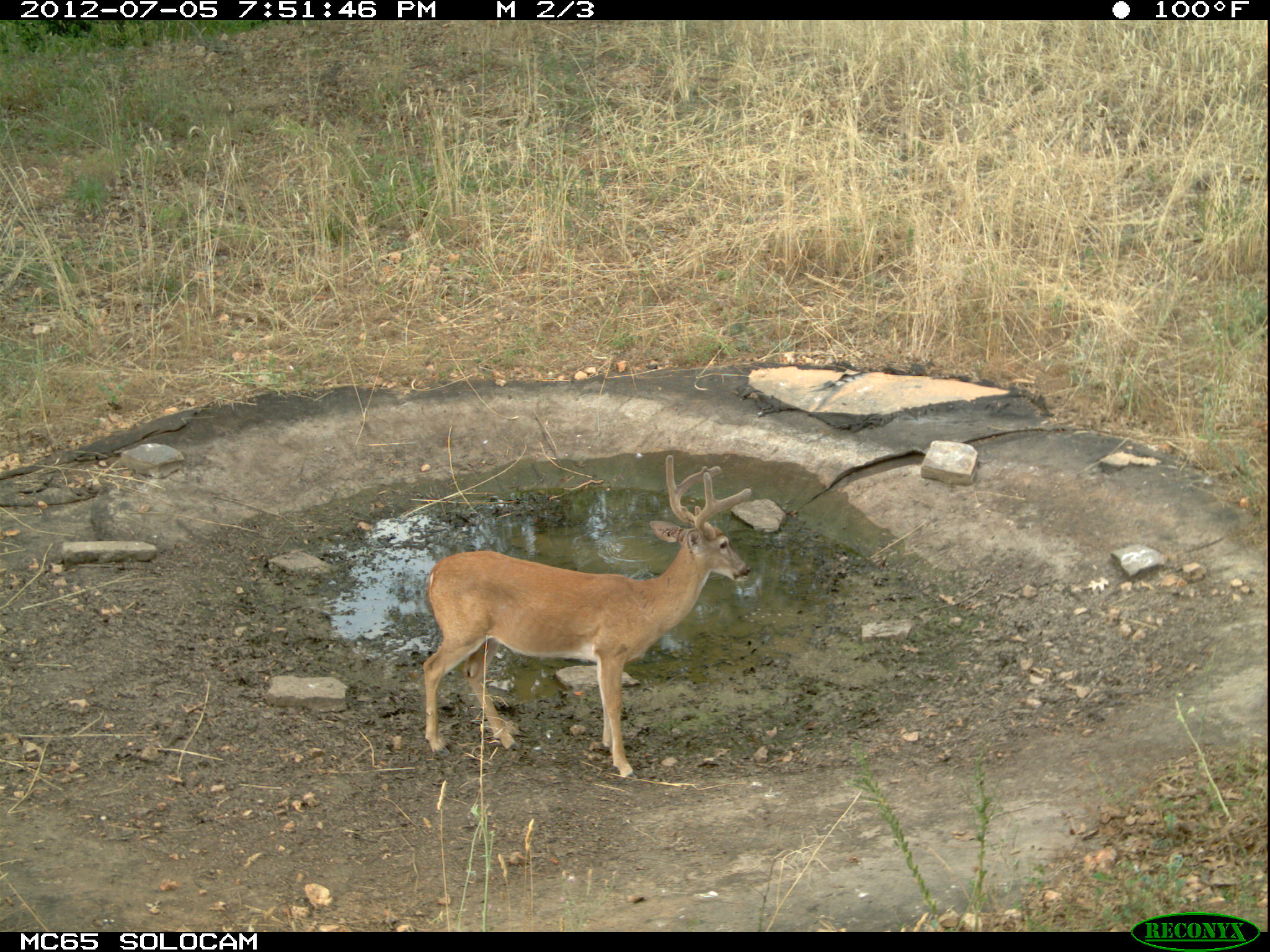Antlers Stop Growing
Filed under: Hunting Blog, White-tailed Deer
Deer season opens in the coastal counties of South Carolina August 15, 2012. Other states, such as Kentucky, open their seasons while many bucks are still in velvet. This leads to many questions including, “About how long before a buck sheds his velvet are his antlers finished growing?”
Generally speaking, bucks stop adding inches to their antlers about three weeks more or less prior to shedding their velvet. However, just as important is the rate of antler growth while bucks are in velvet. In general (depending on location and quality of food available) new antler growth begins as soon as the previous set is shed. They continue to grow through early to mid August. At this time the antlers are still covered with velvet, but begin mineralizing (hardening) and not adding additional size.
This means we can observe or get images of bucks during mid August and know about how large of antlers a buck will produce. I typically estimate their score and then reduce my estimate by 20% to compensate for the removal of velvet.
This year some bucks won’t add many inches during August due to the drought. Protein is a big component of antlers. Plants experiencing severe drought stress have very low protein levels. Deer are not able to store protein like they do energy (in the form of fat) or some minerals (in their skeletal system). Hence, if protein is in short supply it has a direct impact on antler growth.
Unless deer have access to supplemental feed, protein is in short supply throughout the area impacted by the current drought. Average antler size will likely be smaller this year compared to most years in the drought-impacted areas. These cycles come and go. It’s the overall health of the deer herd that concerns me the most as a biologist and as a hunter.
During normal years, hunters have a very good idea what the total antler size will be by mid August or so. This year, at least in areas experiencing extreme drought, hunters may know the antler size of bucks much earlier.
Growing (and watching) Deer together,
Grant




